Internal linking is a key factor in website optimization
Internal linking is not just a powerful tool in SEO promotion, it is an opportunity to keep users’ attention, provide them with useful information, and improve the SEO performance of your site accordingly. Today let’s take a closer look at the main functions of internal linking, working schemes for building a logical website structure, and its importance for an effective SEO promotion strategy.
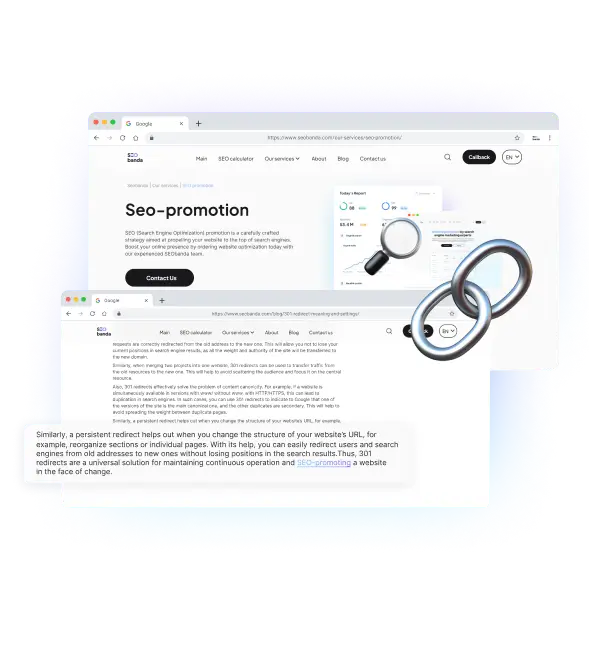


What is internal linking?
Internal linking is the process of creating a system of hyperlinks between the pages of one website. It can be said that it is a way of connecting different parts of a resource with each other using clickable graphic and/or text elements.
For linking to be effective, links must be logical and useful for users. If links do not lead to truly relevant pages that do not meet the needs of visitors, your site loses credibility in the eyes of the target audience, and you lose organic traffic. In order to satisfy search engine algorithms and help them rank your pages better, you should distribute internal links evenly throughout the resource and control the keyword density.
You can create an anchor list – a well-thought-out internal linking strategy that can improve both search and behavioral indicators of your resource. A logical linking structure makes your website more understandable and convenient for the target audience, helps to promote important sections for business purposes, and optimizes the weight distribution between key pages. Consequently, conversion traffic and user loyalty to your brand increase.


5 significant benefits of internal linking for SEO
Without proper internal linking, your website is no longer functional. That’s why it’s not just a way to improve your site’s SEO performance, but also an important tool for building its logical structure and improving the user experience.
- Improving indexing
- With properly configured links to a page from other sections of the site, it is easier for search engines to find it and index the logical structure. This is especially important for new or large web resources with a large number of pages of different nesting.
- Weight distribution within the site
- The number and quality of internal links to a particular page is a way to show search engines its importance in the site structure and which of them have a high priority for promotion. Thanks to properly configured internal linking, PageRank is rationally distributed and authority is distributed among the pages of the site.
- Improving usability
- The logical structure of links on the site helps users find the necessary and more relevant information, thereby guiding them through all pages. Thus, linking keeps users on the site, increasing the chances of achieving targeted actions and reducing the bounce rate.
- Forming a page hierarchy
- One of the key tasks of internal linking is to create and correctly display the hierarchical structure of the site. After all, links show the relationship between different sections and pages, their subordination and nesting.
- Improve user experience
- Internal links with tooltips encourage users to take further actions and improve behavioral metrics that search engines take into account when ranking: bounce rate decreases, browse depth and time on site increase.
Thus, a well-thought-out internal linking strategy is a vital component of SEO that determines the convenience and success of a website for search engines and users. It helps to build the right hierarchy, strengthen the authority of key pages, engage visitors in interacting with content and achieving goals.


Internal linking schemes for a website
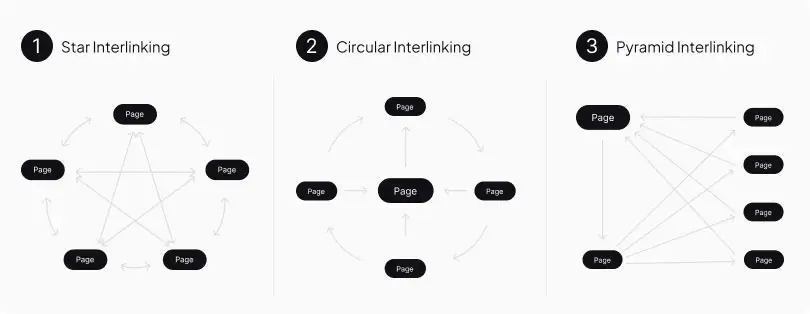
Internal linking is a strategic process that requires careful planning and structuring. There are three most popular and universal schemes for building a logical structure of internal linking and enhancing its effect.
Star Interlinking
This scheme involves placing links to all key pages directly, i.e. there is an even weight transfer to each of the elements. The star works well for small websites or landing pages where users and search engines can see all the key sections at once, and to reach any page, you need to make just one click.
Circular Interlinking
This is a closed circle scheme where the last page or section in the chain links to the first. Thanks to the sequential presentation, the visitor’s attention is kept on the necessary pages and the user remains on the site, moving from one section to another. This increases conversions and helps to evenly distribute the weight of the pages among themselves.
Pyramid Interlinking
This scheme is ideal for large websites with many sections, as it reflects the logical structure of the content or assortment. The hierarchy of pages from the main page to the categories, then to the subcategories, and so on to the landing pages allows you to strategically distribute the weight from the general to the specific. Links naturally and invisibly lead the user deeper into the site, providing and revealing additional and more relevant information.

Increase visibility
for your business: SEO solution for growth!


Types of internal linking
According to their meaning, these internal links are divided into several types based on different features. For example, the way they are created, the type of anchors, the location on the page, etc. Let’s take a closer look at the main categories.
By the method of creation
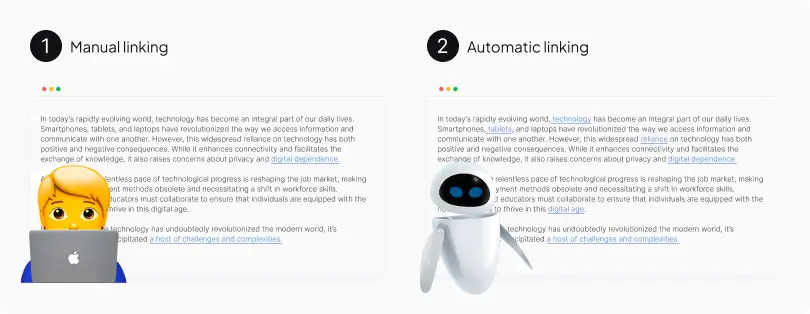
Manual linking is when a webmaster or content manager manually places links between pages, analyzing their relevance and site structure. It is a long and laborious process, but it is also a more accurate approach to the correct link placement.
Automatic linking is the process of generating links using special plugins, scripts, or certain programs based on keywords. This method is less time-consuming, but it has the risk of creating an excessive number of links, or they will be less relevant to the audience’s requests.
By anchor type
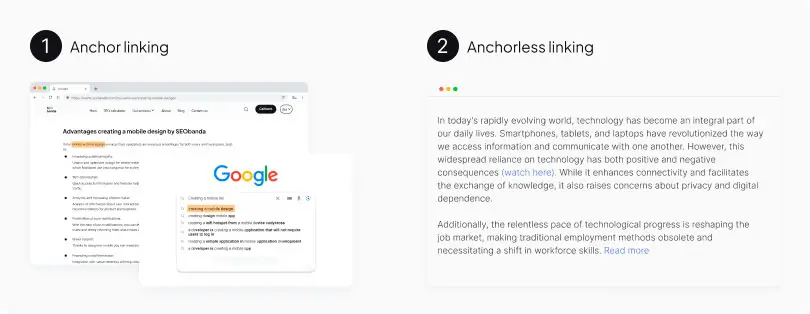
Anchor linking is the most effective type of linking, it helps to improve relevance and optimize the page for certain queries. After all, the text link, or anchor, is a keyword or LSI phrase from the semantic core collection results that corresponds to the topic of the landing page.
Anchorless linking – used as general phrases such as “read more”, “see here”, or simply the URL of the destination page. Such links look more natural, but do not convey semantic weight.
By location and context
Contextual linking – links are placed directly in the text of the article, embedded in sentences and related to it by meaning. This is the most natural and useful type of linking for the user.
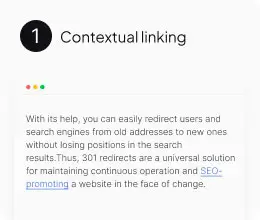
Navigational linking – links are placed in the site navigation elements: menu, sidebar, footer, breadcrumbs, etc. They help the user navigate between sections, but have less semantic weight.
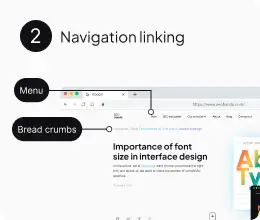
Cross-linking is when two or more pages link to each other, usually within the same section or topic. It helps to connect similar materials and keep the user on the site.
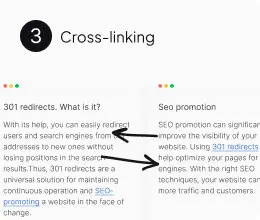
What type of linking to use depends on the structure and goals of a particular site. Most often, a combination of different types is used with an emphasis on naturalness and benefits for the visitor.


How to optimize the internal linking of your website
- Create a clear hierarchy that will lead the user from the main page to the subsections and provide them with useful information based on their requests. The ideal linking structure resembles an inverted tree. This architecture helps both users and search robots to quickly navigate the site.
- You should link between pages with similar topics to connect relevant pages. Link relevant pages. Random links will confuse both visitors and search engines, which worsens the indexing of your site.
- Use only those anchors that describe and convey the content of the page to which the link leads. Problem-solution anchors and extended anchors that include key phrases in natural text work well.
- The number of links should be optimal, for example, no more than 5-7 internal links. An excessive number of links worsens the perception of the text by users and reduces the weight of each individual link.
- Regularly check and optimize internal linking, because the structure of the site is constantly evolving – new sections are added, outdated ones are removed. Make sure that internal links are updated in a timely manner and lead only to working, relevant pages.

Increase visibility
for your business: SEO solution for growth!


Conclusion
To summarize, SEO optimization of a website without well-thought-out internal linking is like a house without stairs and doors between rooms. To make the navigation of users and search engines on the site comfortable and reveal its full potential, you need to link the pages correctly and strategically distribute the weight.
If you need help organizing and structuring your website’s internal linking, you can always contact our specialists for advice. Spend time on internal links and your rankings and conversions will definitely increase!
You may also like it
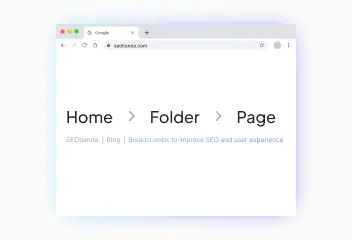
Breadcrumbs to improve SEO and user experience
Breadcrumbs are a navigation element on a web page that helps users understand their location on the site and makes it easier to return to previous sections. They...
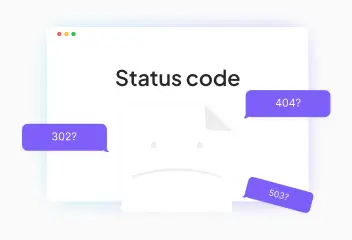
HTTP status codes: What do they mean and why are they important for SEO?
HTTP status codes are short three-digit responses that a website server provides to a client's browser in response to a request. Each http response code has its own...
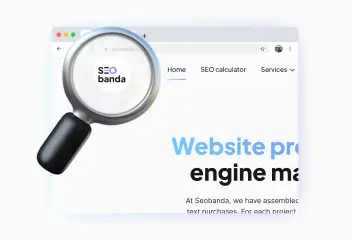
Logo for the website: How to create a cool logo?
A logo is the visual face of your brand. It creates the first impression of your business and influences its recognition. Try to think of the logos of Nova Poshta...












